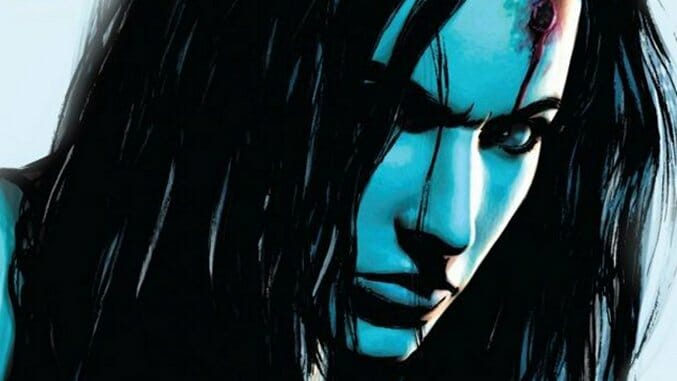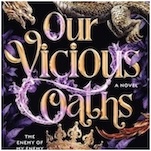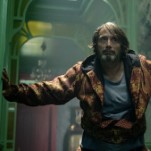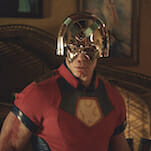Why Aren’t You Reading Lazarus by Greg Rucka & Michael Lark?
Main Art by Michael Lark & Santiago Arcas
For roughly the last five years, Image Comics has justifiably received major critical kudos for such series as Bitch Planet, Paper Girls, Saga, Sex Criminals, Southern Bastards and The Wicked + The Divine. Older series like Chew and Invincible have continued to get plenty of love, along with undead cash cow The Walking Dead. But as Image has expanded the number of comics they publish, some gems have fallen through the cracks. Ales Kot’s Zero never netted the readers or attention it deserved, nor have either of Warren Ellis’ two remarkable ongoing sci-fi series, Injection (with Declan Shalvey and Jordie Bellaire) and Trees (with Jason Howard). But the most under-the-radar, truly great ongoing Image series has to be Lazarus. Writer Greg Rucka, artist Michael Lark and colorist Santiago Arcas have crafted a tight, dystopian story that offers devastating commentary on the real world—along with the most sympathetic and badass protagonist in comics, Forever Carlyle.
The story predominantly revolves around this character, the “Lazarus” of the Carlyle family. In this alternate future world, families—which act as governments/cartels—own and control huge areas of land that they exploit to maintain wealth and power. Each family has allies and enemies among the other families. To crush uprisings and fight wars, most families have a Lazarus: a one-person kill squad.
Each Lazarus is a soldier for their family, though some are more advanced and deadly than others. The Carlyle’s Lazarus, Forever, appears to be the best model and one of a few that are completely artificial. Forever shows no signs of being non-human, except when she lives up to her title as the Biblical figure who arises from the dead: she heals faster than Wolverine, but feels every bullet and stab wound. Even so, her deepest cuts are emotional: Forever is a humanoid robot who’s told she’s a cherished member of the family—a family that calls her daughter and sister—when she’s merely a disposable, dangerous tool.
Lazarus follows Forever as she struggles with committing and suffering horrible violence on behalf of the Carlyles, but the larger struggle is whether she can break free of that family. Like anyone who’s been in an abusive yet co-dependent relationship, walking away is easier said than done. Forever’s relationships with her “siblings” are rich, disturbing and occasionally sweet. The best relationship is between Malcolm Carlyle (the patriarch of the family) and Forever: a father and the daughter he literally made. Malcolm is a manipulative bastard, giving and withholding love to Forever as needed. But he clearly does love her in his own way. Behind Forever’s back, he often makes comments like, “Five children and only one of them is worth a damn.” Forever is that one.

Lazarus #6 Cover Art by Michael Lark & Santiago Arcas
The mythology of this comic—laid out in a sourcebook, with more to come—includes detailed history, maps and relationships, along with terms describing the technology and social classes. Readers of other dense, dystopian comics such as DMZ and East of West will appreciate the world-building. But Rucka and Lark’s fiction isn’t just impressive in its level of detail: it offers commentary aplenty on the real world.
-

-

-

-

-

-

-

-

-

-

-

-

-

-

-

-

-

-

-

-

-

-

-

-

-

-

-

-

-

-

-

-

-

-

-

-

-

-

-

-











































